Best Fertilizer for Anthurium Plants | Care Guide


Anthurium plants are beautiful, tropical plants that can thrive indoors with proper care. To help your anthurium plant flourish picking the right fertilizer is key. We will help you choose the best fertilizer that is specifically formulated for flowering plants and orchids.
Now the nerdy part is coming up. Don’t be afraid this is important to proper fertilizing!
Best Fertilizer for Anthurium Plants

This blog post may contain affiliate links. Which means if you click on a link and go on to buy the product I recommend, I may get a small commission at no extra cost to you.
What is NPK?
When researching fertilizers you will see NPK a lot! So let’s discuss this topic so you will be well versed when choosing the best fertilizer for anthurium. NPK stands for nitrogen (N), phosphorus (P), and potassium (K), which are the three primary macronutrients that plants need to grow.
These nutrients are essential for various plant functions, including leaf growth, root development, and flower and fruit production.
The NPK ratio on a fertilizer label indicates the percentage of each nutrient by weight. For example, a fertilizer with an NPK ratio of 10-20-10 contains 10% nitrogen, 20% phosphorus, and 10% potassium.
- Nitrogen (N): Nitrogen is essential for leaf growth and chlorophyll production. It is also a component of amino acids, which are the building blocks of proteins.
- Phosphorus (P): Phosphorus is essential for root development and flower and fruit production. It also helps plants to store and use energy.
- Potassium (K): Potassium is essential for regulating water balance and nutrient uptake. It also helps plants to resist diseases.
The specific NPK ratio that a plant needs depends on the type of plant and its growth stage. For example, young plants typically need more nitrogen than phosphorus, while flowering and fruiting plants typically need more phosphorus than nitrogen.
It is important to follow the instructions on the fertilizer label carefully to avoid over fertilizing your plants. Over fertilizing can damage the roots and burn the leaves and even kill the plant. Now you survived the nerdy part of this post go you!!! Your plants will thank you for it!

Best Fertilizer for Anthurium
- Better-Gro Orchid Plus Bloom Booster Fertilizer: This 16-ounce liquid fertilizer has an NPK ratio of 20-7-20, making it ideal for promoting flowering in anthuriums. It also contains micronutrients and humic acid to enhance overall plant health. Orchid fertilizer is great for Anthuriums
- Miracle-Gro Indoor Plant Food (Liquid): This 8-ounce liquid fertilizer has an NPK ratio of 24-8-16, which is also suitable for anthuriums. It is easy to use and provides a quick boost of nutrients to support healthy growth and flowering.
- Osmocote Smart-Release Plant Food Plus Outdoor & Indoor: This is a granular fertilizer that has an NPK ratio of 14-14-14 and release nutrients slowly over a period of up to 4 months. This makes them a convenient option for long-term fertilization of anthuriums.
- Espoma Houseplant Food: This organic liquid fertilizer has an NPK value of 2-3-2 and is derived from plant and animal sources. It is a gentle option for anthuriums and other houseplants and provides essential nutrients for healthy growth.
Remember to follow the instructions on the fertilizer label for the correct application rate and frequency. Too much fertilizer can damage your anthurium plant, so it’s always better to err on the side of caution.
Granular fertilizers are a slow feed method and liquid fertilizers act as a quick feed for your plants. You get to decide what the right fertilizer is for your houseplants
Fertilizing your anthurium plant is essential for its healthy growth and vibrant blooms. Anthuriums are heavy feeders, but over fertilizing can damage the roots, so it’s important to follow the instructions on the fertilizer label carefully.
Read 10 Houseplant Care Tips for beginners here!

How to Fertilize Anthuriums
Type of Fertilizer
Choose a balanced liquid fertilizer specifically formulated for flowering plants like orchids. These fertilizers typically have a higher ratio of phosphorus to nitrogen, which promotes healthy blooms and foliage.
Fertilizer Frequency
During their active growing season (spring and summer), fertilize your anthurium every two to four weeks. In the fall and winter, when growth slows, reduce fertilization to once a month or less.
Fertilizer Dilution
In the winter dilute the liquid fertilizer to half strength to avoid over fertilizing when your plant is inactive. To do this, mix one part fertilizer and three parts water.
Watering Before Fertilizing
Always water your anthurium plant thoroughly before fertilizing. This helps the fertilizer dissolve properly and prevents root burn.
Application Method
Pour the fertilizer solution onto the soil around the base of the plant. Avoid getting fertilizer on the leaves or stems, as this can damage them.
After Fertilizing
Allow the excess fertilizer solution to drain completely before placing the pot back in its saucer.
Additional fertilizing Tips
- If your anthurium plant starts to show signs of fertilizer stress, such as yellowing leaves or burned tips, reduce the fertilizer frequency or stop fertilizing altogether for a few weeks.
- If you use slow-release fertilizer granules, follow the instructions on the package for the appropriate application rate and frequency.
- Over time, nutrients can leach out of the potting mix, so it’s important to repot your anthurium every two to three years.

Best Homemade Anthurium Fertilizers
Making your own homemade plant fertilizer is a cost-effective and environmentally friendly way to nourish your plants. Fertilizers made from organic matter are always a safe bet but measuring the NPK can be difficult without a lab at your disposal.
Here are a few simple fertilizer recipes you can try:
Banana Peel Tea:
Banana peels are rich in potassium, which is essential for healthy plant growth. To make banana peel tea, simply chop up two or three banana peels and add them to a gallon of water. Let the mixture steep for 24 hours, then strain out the peels and use the tea to water your plants.
Epsom Salt Solution:
Epsom salt is a magnesium sulfate compound that can help improve soil quality and promote healthy plant growth. To make an Epsom salt solution, dissolve one tablespoon of Epsom salt in a gallon of water. Use the solution to water your plants every two to four weeks.
Coffee Ground Fertilizer:
Coffee grounds are rich in nitrogen, phosphorus, and potassium, making them a great source of nutrients for plants. To use coffee grounds as fertilizer, simply add them directly to the potting mix or sprinkle them on top of the soil.
Eggshell Fertilizer:
Eggshells are a good source of calcium, which is essential for strong plant cell walls. To make eggshell fertilizer, crush eggshells into a fine powder and add them to the potting mix or sprinkle them on top of the soil.
Compost Tea:
Compost tea is a nutrient-rich liquid that can be made from compostable materials such as food scraps, yard waste, and manure. To make compost tea, steep compost in water for several hours or days, then strain out the solids.
Over fertilizing can damage your plants so It’s always a good idea to test a small amount of fertilizer on a single plant before applying it to all of your plants.

Anthurium Quick Care guide:
1. Provide Optimal Light:
Anthuriums prefer bright, indirect sunlight to thrive. Place your plant near an east-facing window, where it can receive gentle morning sunlight without direct exposure to midday sun. Avoid placing your anthurium in direct sunlight, as this can scorch its delicate leaves.
2. Maintain Proper Temperature:
Anthuriums are tropical plants and prefer warm temperatures. Ideal temperatures for indoor anthuriums range from 65°F to 85°F (18°C to 29°C). Avoid placing your plant near drafts or vents, as sudden temperature fluctuations can cause stress to the plant.
3. Maintain Adequate Humidity:
Anthuriums grow best in humid environments. To increase humidity indoors, mist your plant regularly, especially during dry winter months. You can also place your anthurium on a pebble tray filled with water to increase humidity around the plant. Using a humidifier will provide continuous high humidity for your Anthurium.
4. Use Well-draining Potting Mix:
Anthuriums require a well-draining potting mix that allows water to pass through freely without becoming soggy. Opt for a mix specifically formulated for orchids or African violets, as these provide the right balance of aeration and moisture retention.
5. Water Thoroughly and Allow Soil to Dry:
Anthuriums prefer consistently moist soil but not soggy. Water your plant thoroughly when the top inch of soil feels dry to the touch. Avoid overwatering, as this can lead to root rot. Allow the excess water to drain completely before placing the pot back in its saucer. During the winter season you can allow your Anthurium to dry out a little further as the plant isn’t as active.
6. Fertilize Regularly:
During their active growing season (spring and summer), fertilize your anthurium every two to four weeks using a balanced liquid fertilizer diluted to half strength. Avoid over fertilizing, as this can damage the roots.
7. Repot When Necessary:
As your anthurium grows, it may need repotting to a larger container to accommodate its expanding root system. Signs that your plant needs repotting include roots growing out of drainage holes, the plant becoming top-heavy, or the soil drying out quickly.
8. Monitor for Pests and Diseases:
Keep an eye out for common houseplant pests like spider mites, mealybugs, and aphids. If you notice any signs of infestation, treat your plant promptly with an appropriate insecticide or horticultural oil.
For winter houseplant care tips read this!

Best Anthurium Potting mix
For best results use a well-draining, airy potting mix that is rich in organic matter and slightly acidic. Here’s a recipe for a soil mix that is ideal for anthuriums:
Ingredients:
- 2 parts orchid bark or pine bark
- 1 part perlite
- 1 part coconut coir, peat moss or sphagnum moss
- 1/8 part worm castings or compost
Instructions:
- Mix all of the ingredients together in a large container.
- Moisten the mix with water until it is evenly damp.
- Repot your anthurium plant in the new potting mix.
Additional Tips:
- You can also add a small amount of charcoal to the potting mix to help improve drainage and aeration.
- Be sure to choose a pot with drainage holes to prevent the soil from becoming waterlogged.
- Water your anthurium plant thoroughly when the top inch of soil feels dry to the touch.
- Fertilize your anthurium plant every two to four weeks during the growing season.
Now that you know how to choose the best fertilizer for anthurium you are well on your way to growing beautiful, healthy and happy plants!
Happy Gardening!
Want More?
Houseplants are gorgeous living home decor. It is worthwhile learning how to properly care for them.
IF YOU LIKE THIS POST
You might also like these:
- How to properly water your houseplants
- Best soil to tropical houseplants
- Best Indoor Trailing Houseplants
We’d love to hang out with you on our social channels. You can subscribe to our blog and find us on Facebook, Youtube, Instagram and Pinterest! Feel free to reach out if you have any plant questions!
DISCLOSURE
This blog post may contain affiliate links. Which means if you click on a link and go on to buy the product I recommend, I may get a small commission at no extra cost to you.
Thank you for your support. It means the world to us!
The Thrifted Planter
Ciearra is a gardener and houseplant enthusiast of over 10 years! She has been growing indoors and outdoors. Supplying food for her family and beautifying her home with annuals, perennials and houseplants! Ciearra is passionate about sharing her knowledge of plant care with anyone who needs help or a quick plant growth tip! When she’s not blogging you can find her tending to her chickens, dogs and hanging out with her family
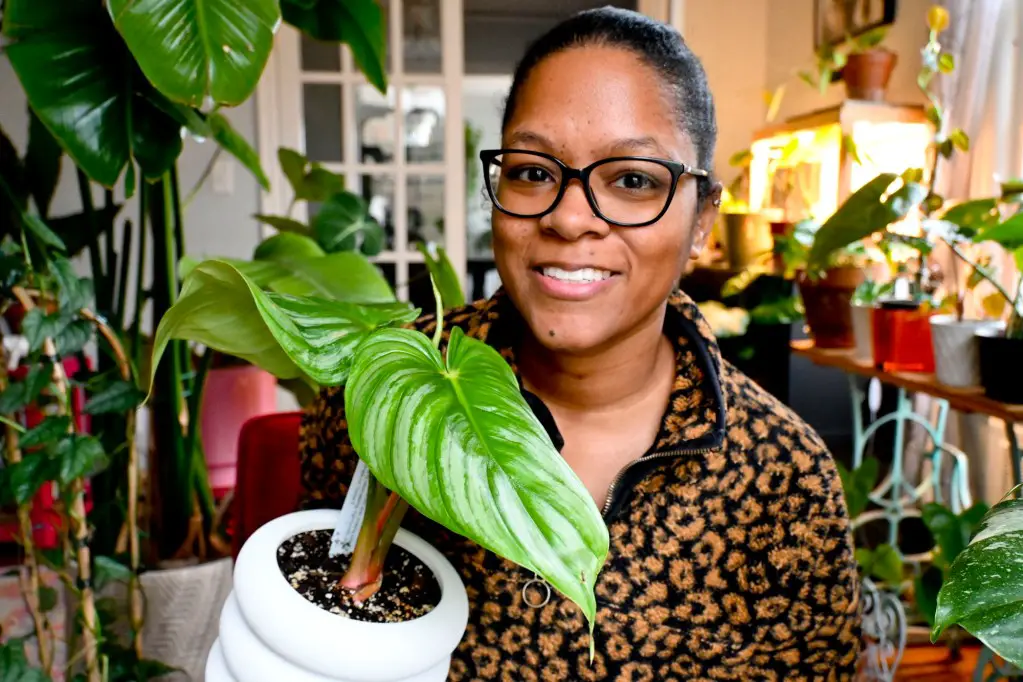



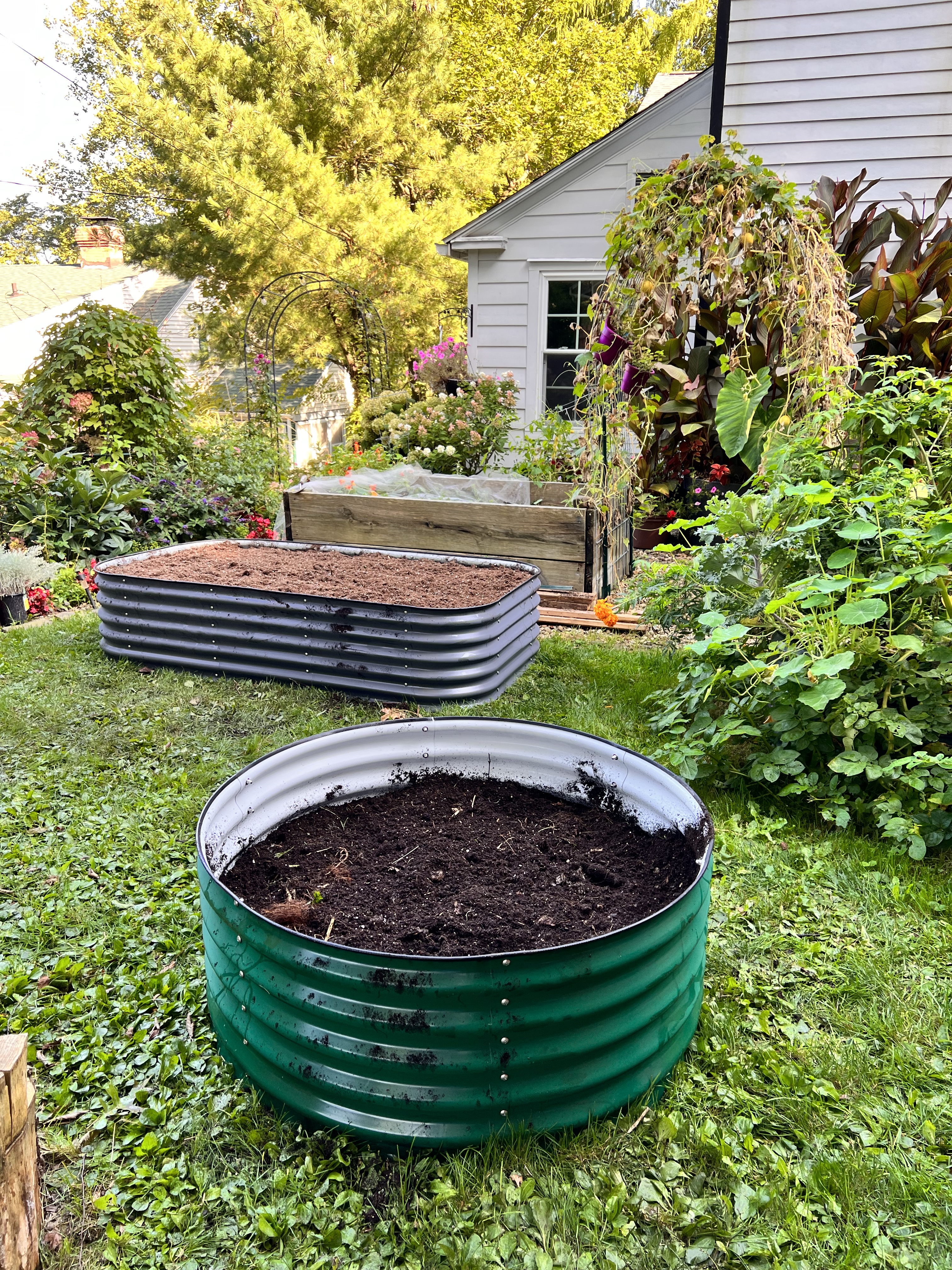




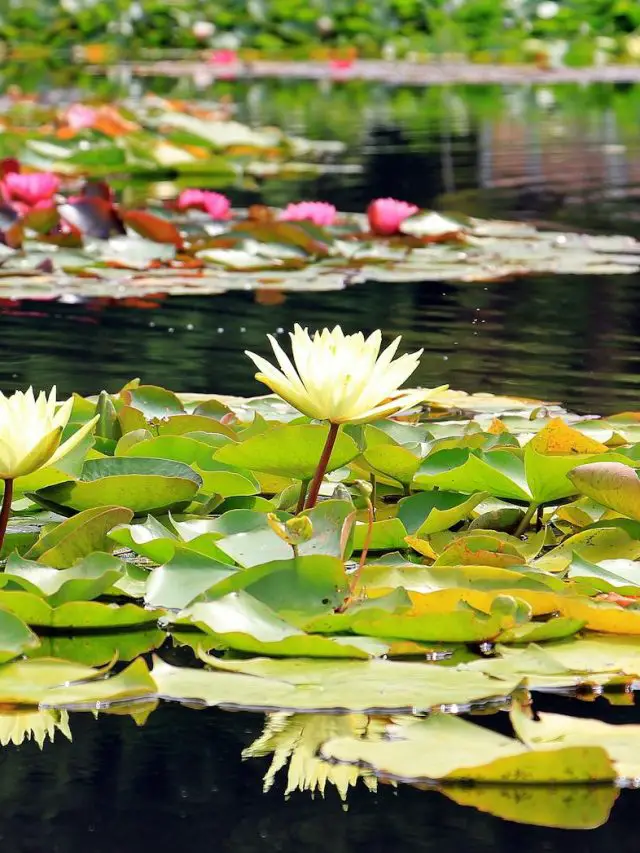
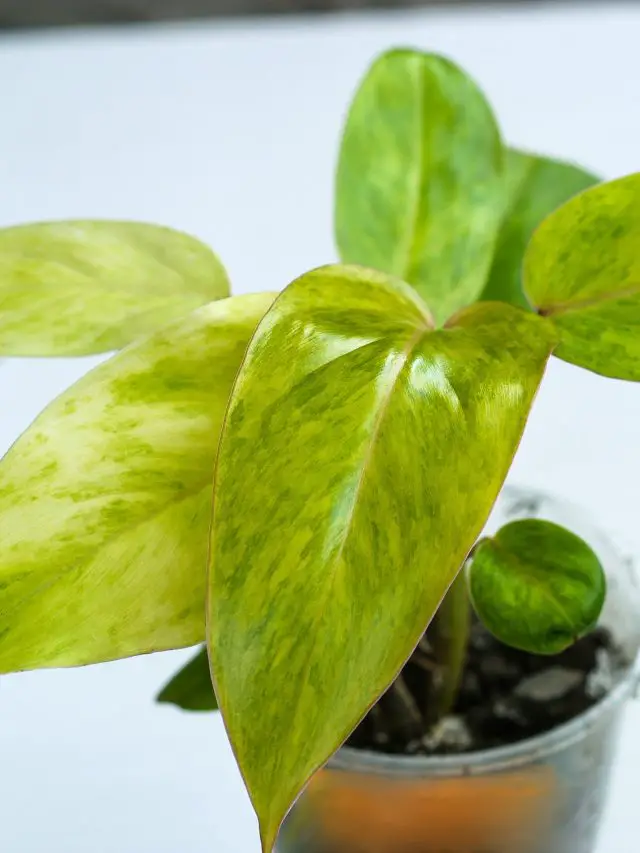

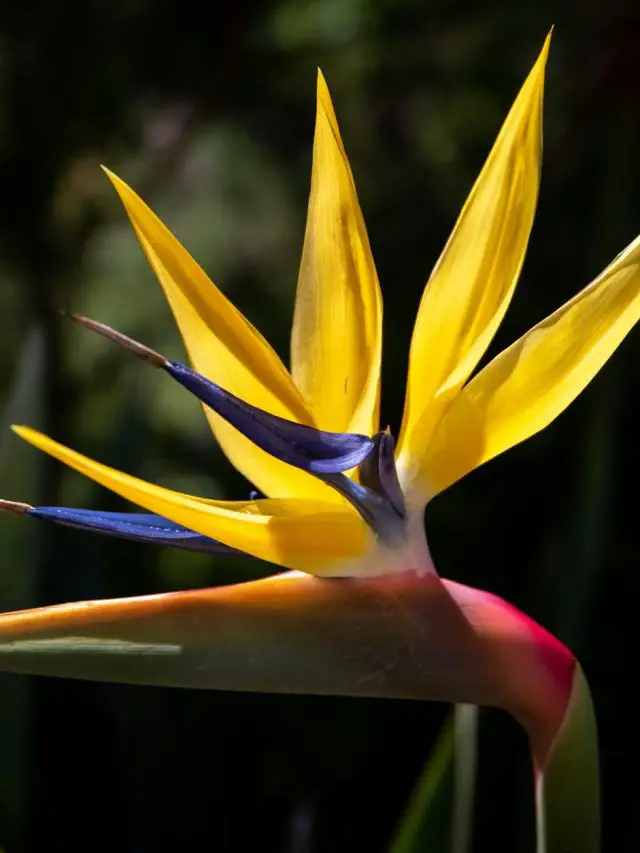
[…] The best fertilizer for Anthurium Plants […]
[…] Best Fertilizer for Anthurium Care Guide […]
[…] Best Fertilizers for Anthurium […]
[…] Anthurium […]